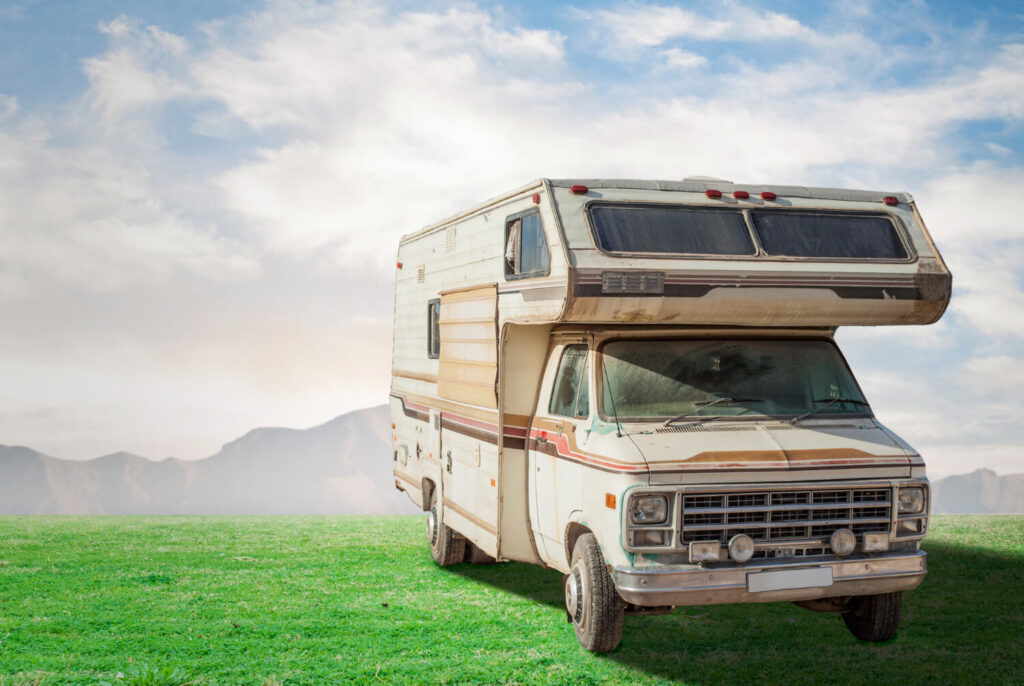
Camping & RV Parks Near The Woodlands – Outdoor Getaways
Camping and RV parks near The Woodlands offer a refreshing escape for road trippers who crave open skies, piney woods,
Home » Wildlife & Nature Watching
For those who find peace in the flutter of wings, the rustle of leaves, or the distant call of wild creatures, a Texas road trip focused on wildlife and nature watching is pure magic. From coastal bird sanctuaries and desert preserves to forested wetlands and bison-filled prairies, Texas offers some of the most biodiverse landscapes in the U.S. Whether you’re chasing migratory birds, spotting gators, or simply soaking up nature in silence, our road trip guides help you plan routes filled with scenic drives, protected habitats, and awe-inspiring wildlife encounters — turning every mile into a natural wonder.

Camping and RV parks near The Woodlands offer a refreshing escape for road trippers who crave open skies, piney woods,
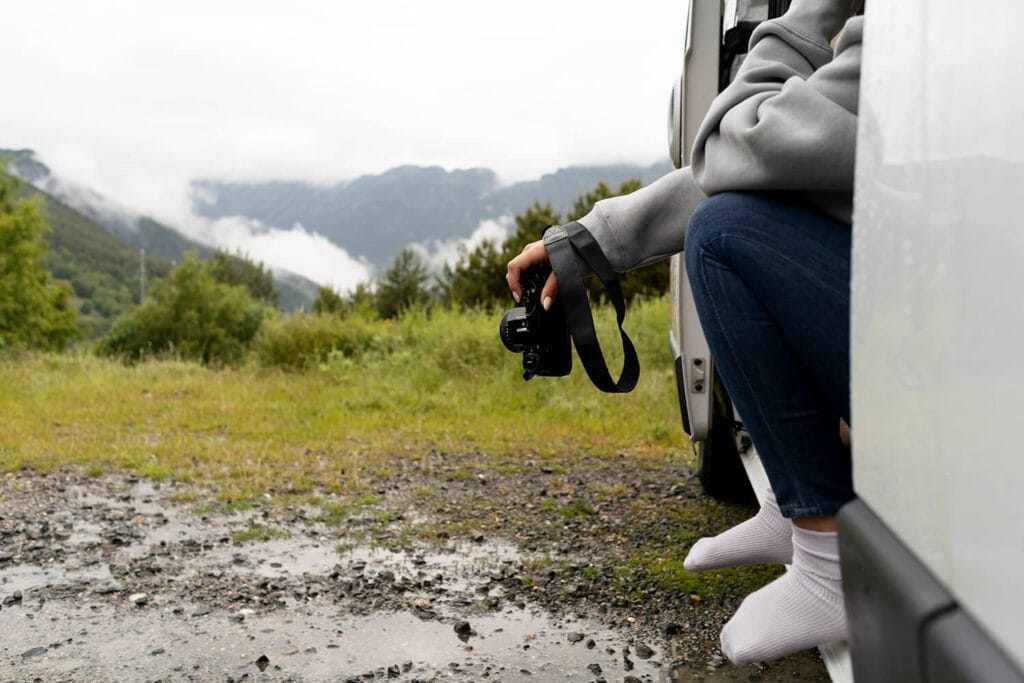
Photography road trips to capture The Woodlands’ natural beauty offer a canvas of lush forests, sparkling waterways, and serene greenbelts

Scenic drives around The Woodlands perfect for a relaxing road trip deliver peaceful pine-lined routes, lakeside serenity, and charming community

Outdoor adventure road trips near The Woodlands combine thrilling kayaking excursions and scenic biking trails for an unforgettable journey through
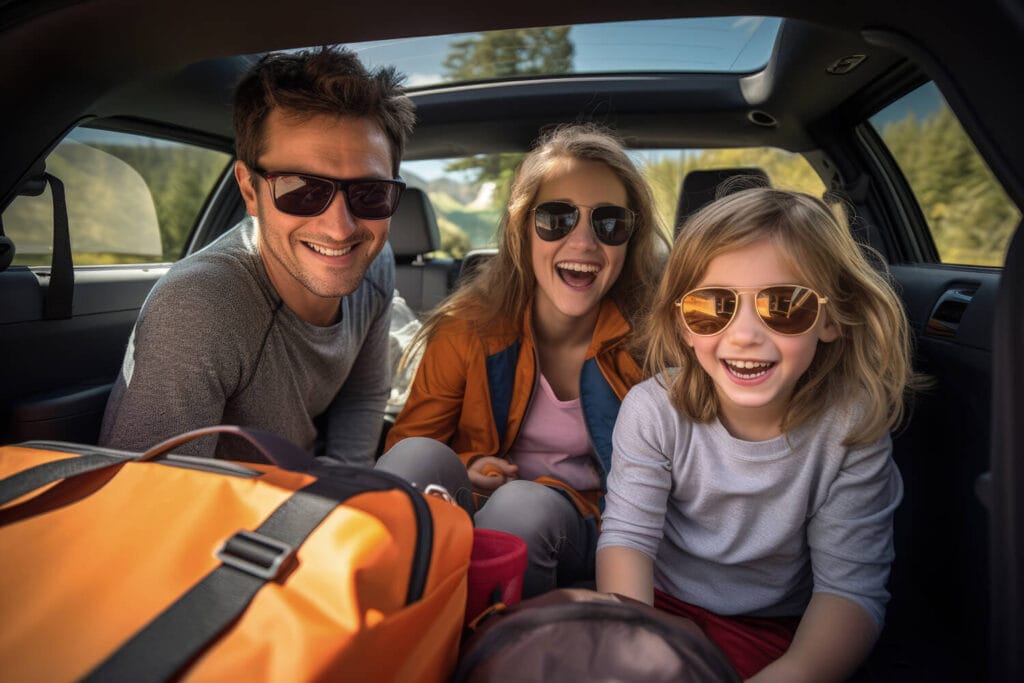
Family-friendly road trips to The Woodlands’ parks and trails are the perfect way to escape the bustle of city life

Ultimate road trip itinerary to explore The Woodlands starts with a simple idea: escape the routine and dive into a

Planning the ultimate road trip to Killeen, Texas? Whether you’re setting out from Austin, Dallas, or San Antonio, this Central

Family-friendly road trips to Killeen, Texas are an easy win for parents looking to blend fun, education, and affordability in

Outdoor adventure road trips around Killeen’s parks and trails offer a refreshing way to escape the routine and reconnect with
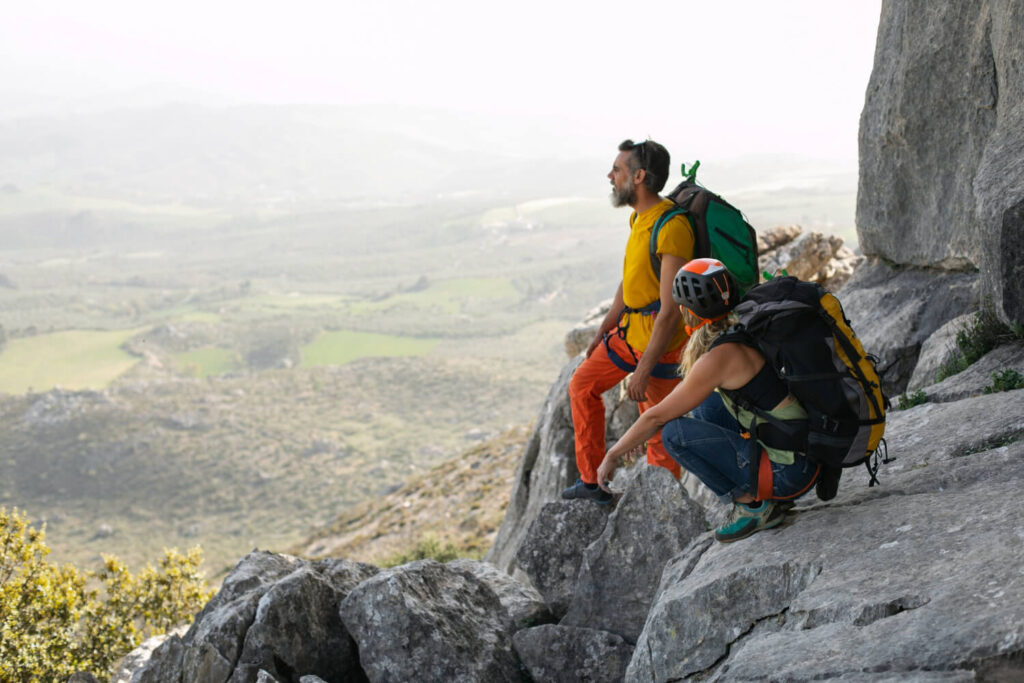
Craving wide-open skies, wildlife encounters, and dusty trails under your boots? An outdoor adventure road trip near Laredo’s nature reserves
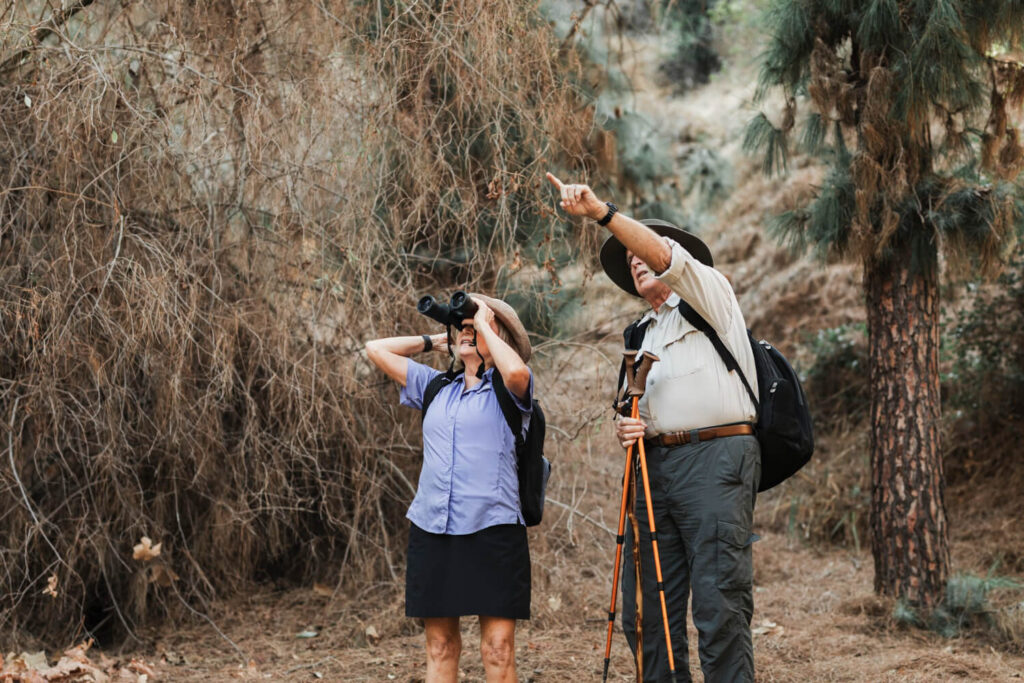
Nature lovers, grab your binoculars and fill up your tank—a wildlife watching road trip near Laredo’s borderlands is one of

If wide skies, quiet lakes, and the rustle of mesquite trees under the stars sound like your kind of getaway,
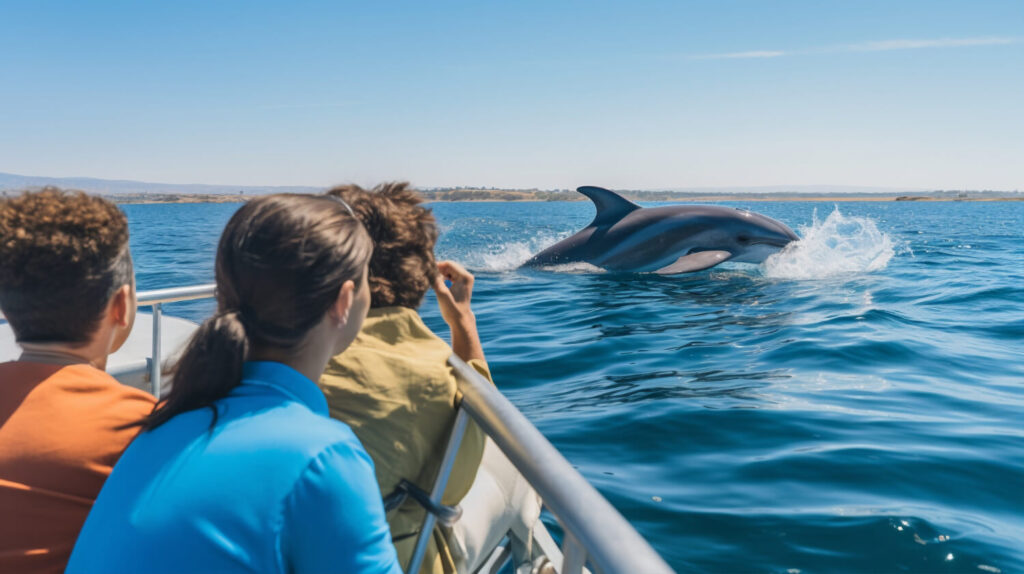
Dolphin watching tours in Galveston are more than just a quick boat ride—they’re magical moments on the Gulf where playful
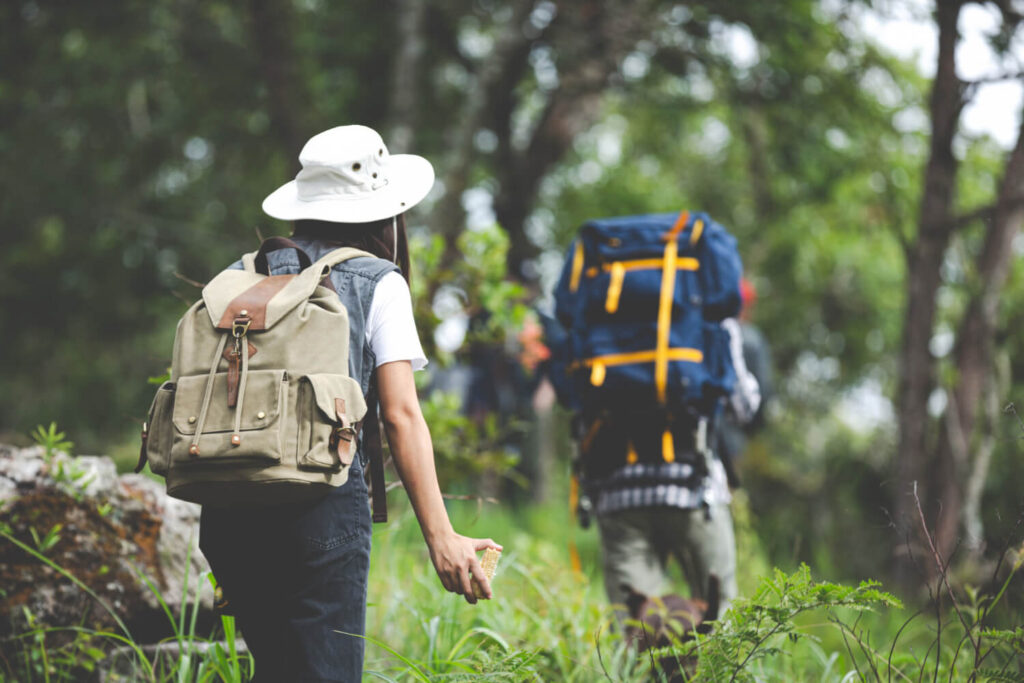
If you love the great outdoors, Waco, Texas, is the perfect starting point for an action-packed road trip. With scenic
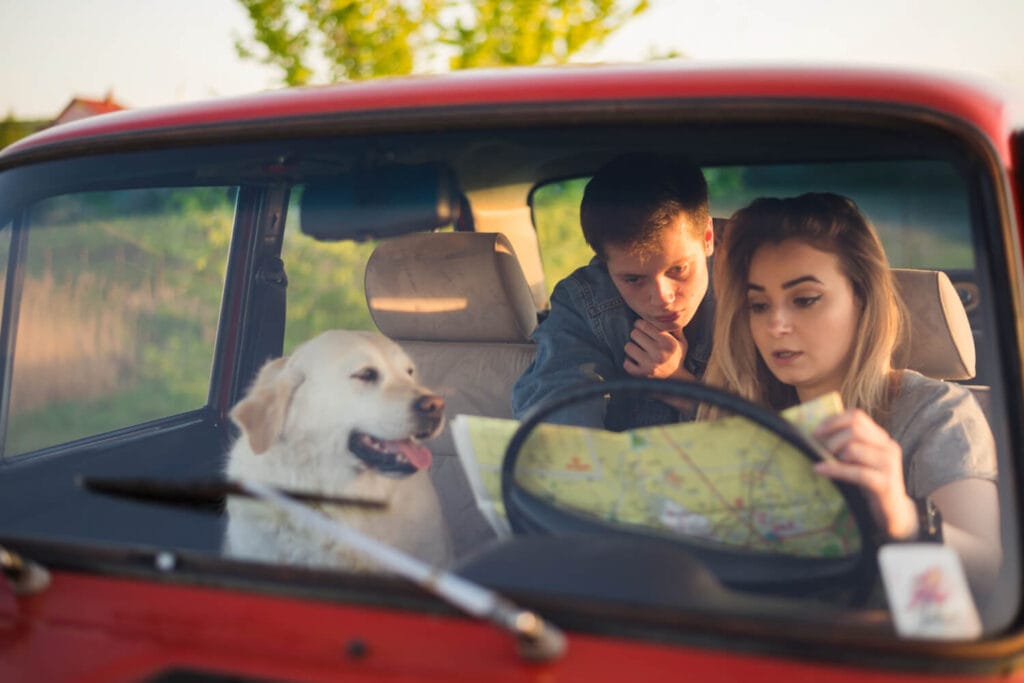
Waco, Texas, is not just a great destination for road trippers—it’s also an ideal spot for pet owners looking to
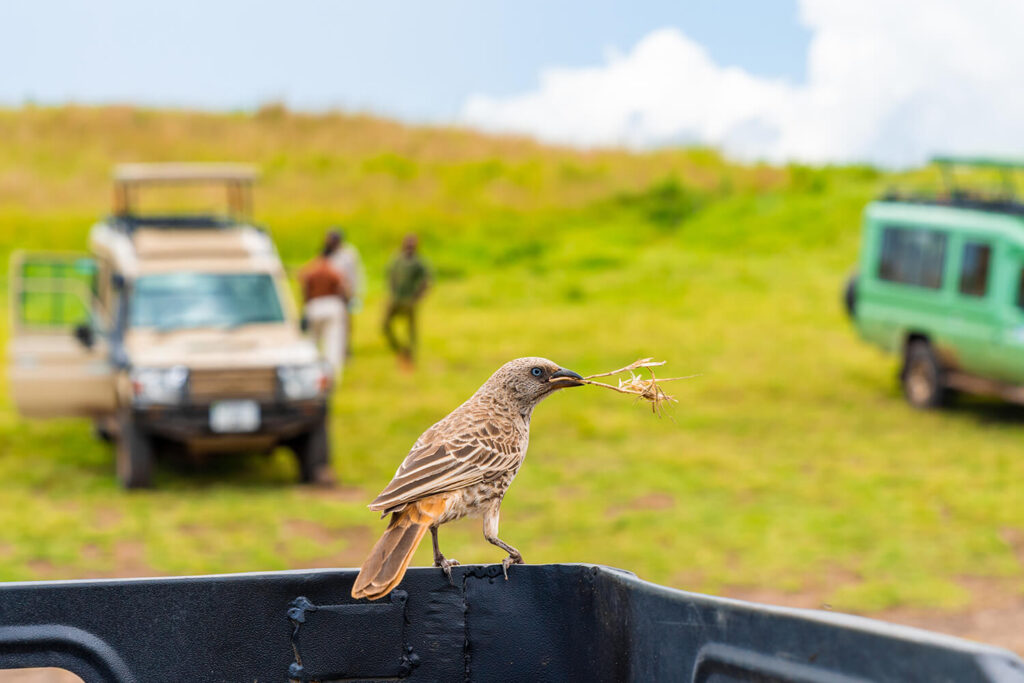
For nature lovers and birding enthusiasts, a road trip to Corpus Christi’s wetlands is a journey into one of North
Top destinations include Aransas National Wildlife Refuge (home to the endangered whooping crane), Laguna Atascosa for ocelots and rare birds, and Big Bend for desert species and black bears. The Davis Mountains and Hill Country State Natural Areas are also rich with sightings. Our wildlife-focused road trip guides help you map routes to these incredible ecosystems — complete with scenic drives, seasonal highlights, and quiet viewing areas.
Texas is home to over 600 bird species, white-tailed deer, bison, river otters, armadillos, javelinas, and even alligators in the southeast. In West Texas, you might spot mountain lions or desert foxes, while coastal marshes teem with spoonbills, pelicans, and herons. Our road trip planners offer destination-specific species lists, prime observation spots, and the best times of year for nature watching in each region.
Yes — many of Texas’s top wildlife destinations are accessible via easy hiking trails. Try the Window Trail in Big Bend, the Boardwalk Trail in Brazos Bend State Park, or the Loop Trail at Caddo Lake for a mix of scenery and sightings. Our nature road trip guides pair these hikes with nearby camping, lodging, and scenic byways — so you can walk, watch, and wander all in one trip.
Essentials include binoculars, a camera with zoom lens, a field guide or birding app, sun protection, bug spray, and comfortable walking shoes. A notebook for sightings, a foldable chair, and a spotting scope are great additions for serious wildlife watchers. Our packing lists ensure you’re prepared for long stretches without services — especially in remote habitats or national wildlife refuges.
Spring and fall are ideal for birdwatching, especially during migration along the Central Flyway. Winter is great for viewing coastal birds and large mammals like bison or javelina. Summer brings lush landscapes, though heat can limit activity during midday. Our seasonal wildlife road trip calendars help you plan around breeding seasons, migration windows, and weather patterns for peak viewing.
Absolutely! Many parks and preserves have boardwalks, observation towers, and nature centers with hands-on exhibits. Kids can participate in Junior Ranger programs, scavenger hunts, and wildlife bingo games. Our family-friendly road trip guides recommend easy-access trails, safe observation decks, and fun learning experiences that make every animal encounter exciting and educational.
Yes — many of Texas’s best wildlife areas have nearby campgrounds, lodges, or glamping options. Try staying in a riverside cabin in the Hill Country, a beachside tent site at Padre Island, or a dark-sky park near West Texas desert preserves. Our road trip lodging guides suggest the most immersive places to stay, so you can fall asleep to the sounds of nature and wake up ready for another day of wild discovery.
Filter by city, theme, or trip length. Your perfect journey starts here.